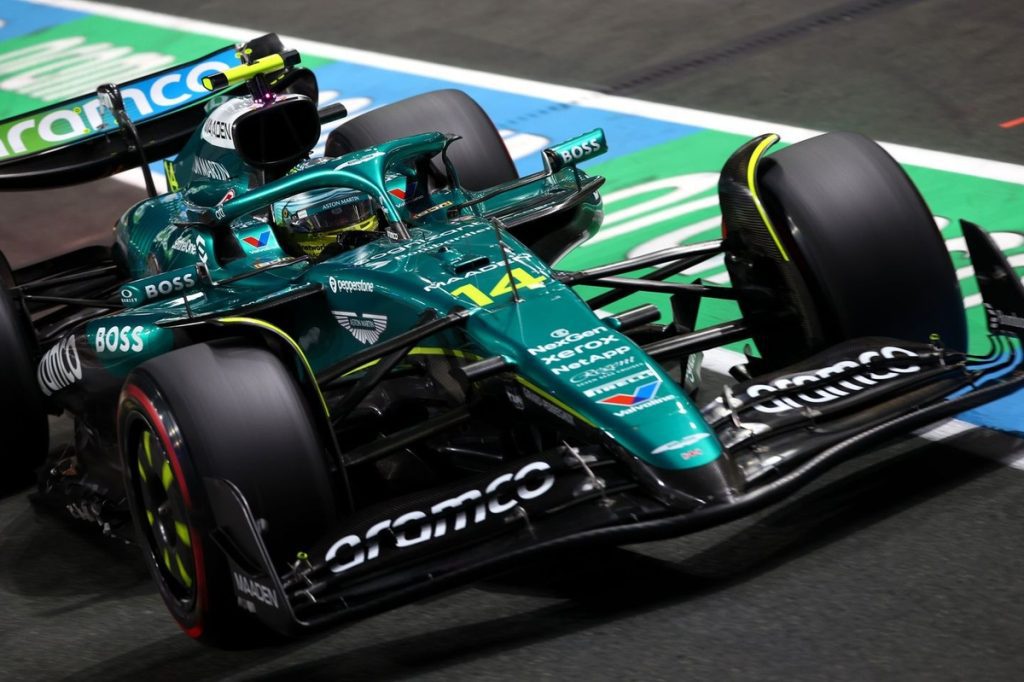In 2023, after five races, Aston Martin achieved four podium finishes and accumulated 102 points, establishing itself as the second best team on the grid, just behind Red Bull. Fast forward two years to the present, and after the same number of races, Aston Martin’s performance has dramatically declined, with only 10 points earned.
This stark drop signifies a regression for the Silverstone-based team. While Aston Martin is looking ahead to a fresh start with a new car and regulations planned for 2026, it cannot afford to treat 2025 as a “lost” year. The team is still evolving, welcoming many new engineers, with additional key talents expected to join soon. Hence, 2025 should be seen as an adjustment phase that cannot be developed in just weeks.
Concerningly, Aston Martin has shown the least improvement among all teams compared to last season, with an average gain of only two and a half tenths — significantly lower than the six-tenths gain seen by Red Bull, currently ranked ninth. However, it’s essential to note that track resurfacing in both China and Japan has led to lower lap times across the board, complicating comparisons.
When analyzing specific races, it becomes evident that Aston Martin struggled, such as in Saudi Arabia, where the AMR25 was the sole vehicle failing to improved upon last year’s lap time, despite improved conditions from softer tire compounds. This trend, combined with a lack of significant improvements over recent races, poses a significant concern as the season progresses.
The Underlying Issues
To grasp these challenges, one must recognize that the AMR23 excelled in high-downforce setups, particularly in low-speed corners, but struggled in fast corners and on straights. Efforts to enhance straight-line performance were made in the AMR24, yet a troubled development process hindered progress.
For the AMR25, Aston Martin reverted to foundational designs, aiming to regain the lost performance in slow corners with a redesigned front wing to mitigate understeer. However, early results indicate that the team hasn’t maximized this new approach, leaving concerns about both downforce and drivability as they enter the second phase of the season.
Future Prospects
Following the initial challenging races, Aston Martin’s management convened to outline their developmental strategy for 2026 while seeking ways to salvage their current campaign. Team Principal Andy Cowell expressed confidence that improvements could still be made but acknowledged the need for greater performance levels to contend at the front. Time is of the essence as the team endeavors to realize its ambitions.
Adrian Newey’s Role
Even though Adrian Newey, newly joined to the team, won’t directly influence the AMR25’s development, Cowell noted his vital role in enhancing new tools and technologies at Aston Martin’s disposal. The team has recently inaugurated a new wind tunnel, marking a significant investment in their future growth, though tangible results may not materialize until the 2026 season.



